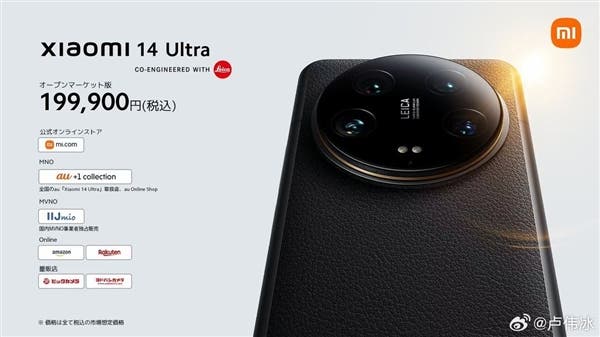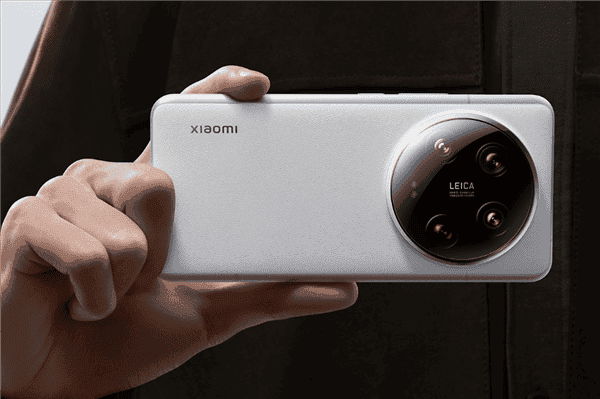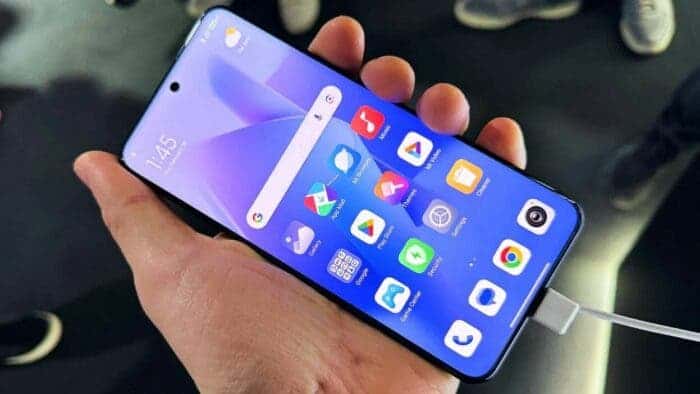Xiaomi has officially launched the Xiaomi 14 Ultra in Japan, marking a big move into the Japanese market. The launch event, as described by Lu Weibing, was met with great enthusiasm, with the venue filled to capacity, reflecting the high popularity of the device among consumers.

Pricing Discrepancy Between Japanese and Chinese Versions
The Xiaomi 14 Ultra in Japan is offered in a single 16+512GB configuration, priced at 199,900 yen, which translates to approximately $1,285. This pricing strategy positions the Japanese version significantly higher than the Chinese version, which is priced at 6,999 yuan ($969). It’s important to note that the Japanese and Chinese versions differ not only in pricing but also in hardware specifications.
Hardware Differences Between Japanese and Chinese Versions
One notable difference between the Japanese and Chinese versions of the Xiaomi 14 Ultra is the absence of Jinshajiang battery technology in the former. Consequently, the battery capacity in the Japanese version has been reduced by 300mAh to 5000mAh. Despite these variations, other key specifications remain consistent across both versions.
Key Features of the Xiaomi 14 Ultra
The Xiaomi 14 Ultra boasts a range of impressive features that cater to the demands of tech-savvy consumers. It features a 6.73-inch full-depth micro-curved screen with a resolution of 3200 x 1440 and supports a high refresh rate of 120Hz. Under the hood, it has Qualcomm’s third-generation Snapdragon 8 processor. To keep its lights on, this device comes with a robust 5000mAh battery. The battery supports 90W wired fast charging and 80W wireless fast charging.

Camera System and Imaging Capabilities
One of the standout features of the Xiaomi 14 Ultra is its advanced camera system. The rear Leica four-camera setup includes a primary camera featuring Sony’s second-generation one-inch sensor LYT-900. This sensor boasts a 1/0.98-inch ultra-large base and a single pixel size of 1.6μm, supporting OIS optical image stabilization. Additionally, Xiaomi has incorporated its second-generation Infinity Camera Variable aperture technology, allowing for a maximum aperture of f/1.63.
Complementing the primary camera, the Xiaomi 14 Ultra has a 50-megapixel ultra-wide-angle lens, a 50-megapixel 3.2x telephoto lens, and a 50-megapixel 5x periscope telephoto lens. All three lenses utilize the IMX858 sensor to ensure consistency in image quality across different focal lengths.
Conclusion
The entry of the Xiaomi 14 Ultra into the Japanese market signifies Xiaomi’s commitment to expanding its global presence. It also caters to diverse consumer preferences. The device comes with top features, premium build quality, and advanced camera capabilities. Thus, it should make an impact in the competitive smartphone landscape.





